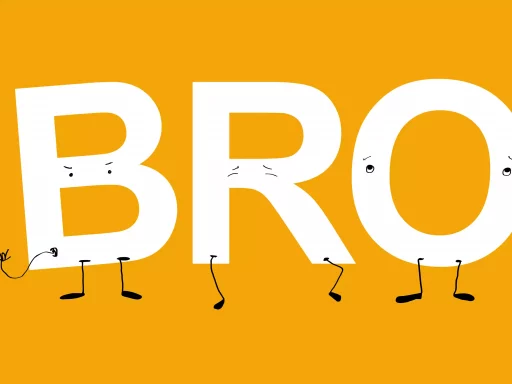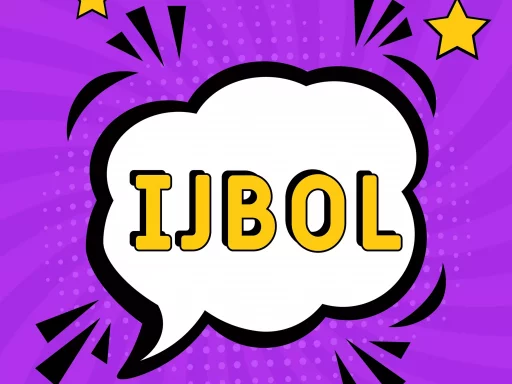Understanding Alt Text
Alt text, short for alternative text, is an essential attribute in HTML used to describe the contents of an image. Although often overlooked, alt text plays a vital role in web accessibility, allowing visually impaired users to understand the context of images through screen readers.
Why is Alt Text Important?
Alt text serves several key purposes:
- Accessibility: Alt text helps individuals with visual impairments understand images that they cannot see.
- SEO Value: Search engines use alt text to understand the content of an image, which can influence page rankings.
- Content Context: In cases where images fail to load, alt text provides context to readers, ensuring they still grasp the message.
Best Practices for Writing Alt Text
Writing effective alt text requires a balance of accuracy, brevity, and context. Here are some best practices to consider:
- Be Descriptive: Clearly describe what the image portrays. Instead of “dog,” use “golden retriever playing fetch in a park.”
- Avoid Redundancy: If text accompanying the image already describes it, you can keep the alt text minimal.
- Keep it Concise: Aim for a description between 100-125 characters; this is optimal for most screen readers.
- Use Keywords Wisely: Incorporate relevant keywords but avoid keyword stuffing. Your goal is to convey the image’s meaning.
Examples of Effective Alt Text
Below are examples that illustrate how to craft effective alt text for different types of images:
- Infographic: “Infographic showing the growth of E-commerce from 2015 to 2022 by year.”
- Product Photo: “Black running shoes with pink soles displayed on a white background.”
- Group Photo: “Team of five software developers celebrating their project completion in a modern office.”
Case Studies on Alt Text Usage
Several companies have embraced alt text effectively, resulting in positive outcomes:
Case Study 1: E-commerce Website
An online retail company added descriptive alt text to all product images, resulting in a 20% increase in organic search traffic over three months. The informative descriptions helped improve their position in search results.
Case Study 2: Nonprofit Organization
A nonprofit focused on accessibility ensured all images in their online resources included rich alt text. As a result, they received positive feedback from users and saw a 30% increase in volunteer sign-ups following their accessibility initiatives.
Statistical Insights
Here are some statistics that highlight the importance of alt text in web content:
- 71% of the visually impaired population: relies on screen readers that interpret alt text.
- 35% of images: on the web are found to lack proper alt text, highlighting an area for improvement.
- W3C Guidelines: recommend that all images have descriptive alt text, or they may not be compliant with accessibility standards.
Conclusion
Alt text is a crucial component of both web accessibility and SEO strategy. By ensuring images have well-crafted alt text, website owners can provide a better user experience for all visitors, particularly those with visual impairments. With the examples, case studies, and statistical insights shared above, it’s clear that investing time in creating effective alt text is both beneficial and necessary for a modern website.






